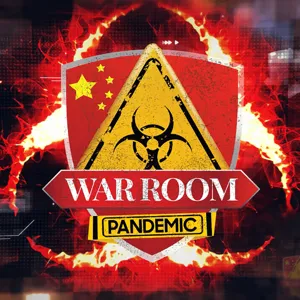By Toby Rogers at Brownstone dot org.
I. Introduction
It seems to me that the proper way to understand the autism epidemic is to read everything that has been written on autism causation, throw out any studies that are characterized by a financial conflict of interest or fatally flawed study design, and see what patterns emerge from the papers that are left. During my doctoral thesis I reviewed about 80 of the top studies in autism epidemiology and toxicology.
That was groundbreaking at the time because the vast majority of mainstream scholars don't have the courage to discuss any papers that threaten the profits of powerful industries.
As I've continued to work in this space over the last six years, I now realize that there are over 800 autism causation studies in the English language focused on the US. It's daunting to think about trying to wrap one's head around a field that large. So, most public health officials just grab a favorite study here or there to justify their biases, and that is exactly the wrong way to approach this topic. There has to be a better way of working through the available knowledge on this issue.
Now I believe that I've figured out how to map the entire field of autism causation studies (about 850 papers in all) in one article. If you sat down to read each article individually, it would likely take you several years. But as I will show below, you don't necessarily have to do that. There is a way to move through all of the literature at a meta level that I believe leads to the right answer and a viable plan for how to stop the autism epidemic.
Let's start with a quick introduction and then get into the different types of studies.
In the early 1980s, vaccines were so harmful that vaccine manufacturers routinely lost in court. They lobbied the US Congress to pass the 1986 National Childhood Vaccine Injury Act to give themselves liability protection. And they pinky-swore to make vaccines safer but there was no legal mechanism in the bill to enforce that promise so they never did.
Pharmaceutical companies proceeded to add as many vaccines as possible to the schedule. Prior to 1986, there were 3 routine vaccines totaling 7 injections. Today the CDC's Maternal and Child and Adolescent vaccine schedules include 19 vaccines requiring 76 injections with 94 total doses of antigen (I'm actually less worried about the antigens than the other ingredients in the shots).
No one in a position of authority bothered to measure the impact of the growing vaccine schedule on the health of children. Most regulators were auditioning for a job with Pharma because that's where the money is. Politicians depend on Pharma donations for their re-election campaigns. The mainstream news media get most of their revenue from Pharma advertising so they were never going to bite the hand that feeds them.
Pharma invested heavily in public relations to lay siege to any remaining pockets of resistance.
Mercury (thimerosal) was grandfathered in as "Generally Recognized As Safe" because it's easier to do that than actual safety testing. Aluminum adjuvants were allowed with only minimal safety testing - 1 man, 3 rabbits, and ever-moving goal posts (chapter 9 of my thesis covers the regulatory history of aluminum adjuvants).
The gold rush was on so vaccine manufacturers were free to add whatever they wanted to vaccines and they would all be approved because the regulators and the medical industry were captured mind, body, and spirit by Pharma.
The autism rate skyrocketed in the 1990s and has continued to increase ever since. Rates of ADHD, life-threatening allergies, autoimmune disorders, asthma, childhood cancers, diabetes, and epilepsy soared too and those are probably vaccine injuries as well.
But autism spectrum disorder (ASD) is more costly than those other conditions because it's a lifelong disability with no known effective treatment (some parents have been able to recover their children through holistic and alternative therapies b...





 View all episodes
View all episodes


 By Brownstone Institute
By Brownstone Institute



















